What's valuable about old TVs?
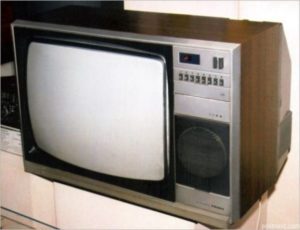 Often on the streets or on the Internet you can find advertisements for the purchase of old televisions or other radio equipment. Such a deal is mutually beneficial: the owner gets rid of outdated equipment that has not been used for its intended purpose for a long time and clutters the house, and for the buyer this is an excellent opportunity to make money on the resale of valuable parts.
Often on the streets or on the Internet you can find advertisements for the purchase of old televisions or other radio equipment. Such a deal is mutually beneficial: the owner gets rid of outdated equipment that has not been used for its intended purpose for a long time and clutters the house, and for the buyer this is an excellent opportunity to make money on the resale of valuable parts.
Such an activity is a profitable home business, because if managed competently, it can generate good income without significant financial investments and possession of special knowledge. You will only need a telephone connection, a computer with the Internet and a workspace; you will only need to invest in the purchase of equipment and its transportation, and if you have personal transport, the task is simplified even more. In addition, if you take into account villages and villages, almost every resident has one, or even two unnecessary televisions, and you can buy them for a purely symbolic sum of 100 rubles.
The content of the article
What value can there be in old TVs?
The main source of income from the purchase and subsequent dismantling of old equipment is the radio components it contains, or rather, the precious and non-ferrous metals used in their manufacture. Their number varies depending on the model, but the very fact of their content is undeniable. You can find elements made of gold in diodes, switches, connectors, microcircuit legs and terminals, but before you start disassembling the TV, it is advisable to consult with specialists and on the relevant forums about which parts are the most profitable in this regard.
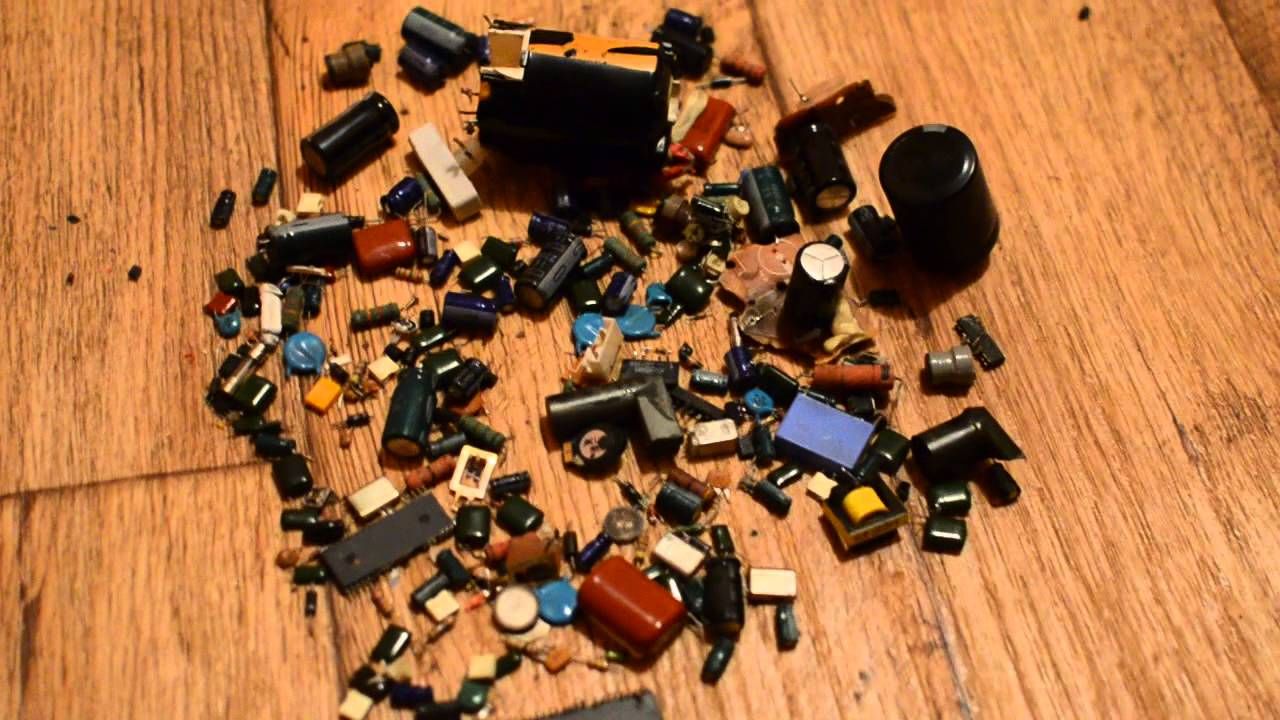
It is best to buy Soviet televisions for these purposes, rather than imported ones, since they, as a rule, contain more gold elements.
IMPORTANT! Since there is only so much gold in the parts, extracting it will require not only knowledge of chemistry, but also an actual chemistry lab, so if you don't have either, don't try it yourself. Selling the radio components themselves, even without extracting precious metals from them, will allow you to recoup the costs of purchasing equipment.
However, in addition to gold, old TVs also contain copper and aluminum, which, although they cost less, are also valuable. In addition, they can often be extracted mechanically rather than chemically, which means you can do it yourself.
How much can valuable radio components cost?
If you have some experience, in one hour of work you can extract approximately 50 grams of capacitors. By entering the query “buying radio components” into a search engine, you can get acquainted with the range of prices on the modern market; as for capacitors, for 1 kg you can get from 2 thousand to 45 thousand rubles.
You can sell one radio tube at a price of 50 to 4 thousand rubles. Relays — 5–300 rub./piece, RPPM connectors — 30–500 rub./piece, transistors — 1–5 rub./piece.
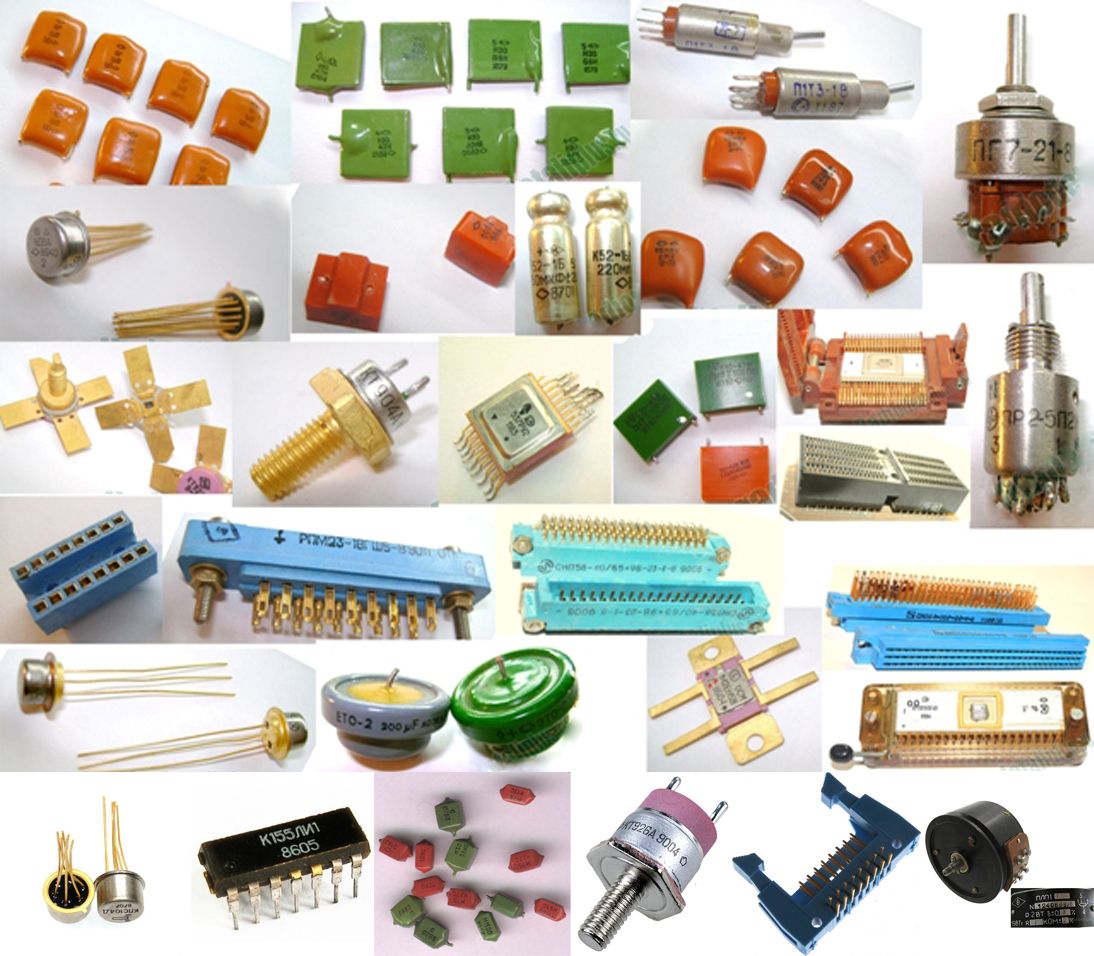
Contacts and braids contain technical silver and are therefore also suitable for sale.It is especially profitable to sell parts in large volumes, since their cost often changes in favor of the seller.
In order not to make a mistake in the price, follow the rate on precious metals exchanges.
There are no such radio components in old TVs. Don't deceive the people.
I confirm 100%!
Apart from trance, there is nothing valuable there and no one needs lamps.
I would punch the author in the face. All this scrap is destined for China. By the way, there won’t be 0.01 grams of gold in microcircuits and silver on switches, but the parts themselves are very suitable for reuse. Many capacitors are of better quality than foreign ones, manufactured by someone unknown. If they are intact, then they have proven their reliability. The soldered resistors have already changed their resistance and stabilized. Exact divisors can be collected. Transistors come in handy in many places. Even some microcircuits can be used partially for generators and amplifiers. The circuits also do not need to be disassembled; they are tuned to a certain frequency. and if not necessary, then cores can be used. What I recommend is that the boards are usually dirty, you should carefully remove the board and wash it with a brush in warm water with washing powder.Not only will the parts be cleaned, but the insulation of the board itself will also be restored. You can assemble some devices on it by tearing off the signet and using the same wire jumpers from the board to connect the pins. In general, up to 98% can be used. And then, an excellent tutorial. how to install radio components. For a beginner radio amateur it’s just a Klondike. By the way, the latest models of Soviet televisions are equipped with parts that we saw only in reference books. Due to the collapse of the military industry, many parts intended for the military were installed in these TVs. When breaking the glass of a kinescope, keep this in mind. under the screen there is a steel mesh that can be used; the kinescope electrodes themselves are made of valuable metals. I carefully break off the electrodes by placing the kinescope with the screen facing up. then I carefully finish off the kinescope cone with a hammer to get to the spring latches of the metal mesh, and remove the mesh. if necessary, the glass screen can be washed and used for a window. Be careful with glass. a lot of fragments!
I completely forgot, the box, loudspeaker and low-frequency amplifier can be put into operation again without disassembling. The power, although small, is quite sufficient in the room to deafen at maximum volume.
The specified details in the photo can only be picked out through a familiar warrant officer for a hefty sum. They were used in air defense radars, avionics, missile control units, and communication systems. In consumer electronics you can find capacitors KM5, 6. And most likely it is unlikely that you will be lucky enough to find and tear apart blocks of automatic telephone exchanges and old computers where the largest content of wet parts is relays with PLI 10 and Au, Pd contacts.Maybe someone has encryption “saws” or radar magnetrons lying around on their balcony? But on TVs in the USSR... black and white ones like “Record” go straight to the analysis of non-ferrous metal, there is nothing good there, KT capacitors charge something like 98 rubles per kg. Color lamps - you can find KM 5 and unpackaged KM, plastic and clay microcircuits, transistors like KT605 with gold plating inside. Semiconductor TVs lead the way in the availability of usable parts. BUT YOU WILL NOT COLLECT PARTS WORTH MORE THAN 200 RUBLES FROM ANY SOVIET TV! It is recommended to disassemble "Electronics" video recorders, calculators and computers of the same name - there are really worthwhile parts there. But before you disassemble any old equipment, think about it, because perhaps someone is ready to buy it at a good price, for example, a lover of rare equipment.
The author does not understand what he is writing about. The only valuable things in old TVs are the transformers (main, TVK, etc.), and the demagnetization loop as a source of wire for winding the same transformers. If you are building lamp equipment, you can still profit from sockets. The rest costs half a penny on Ali. Although about 15 years ago, when there were no radio stores within a radius of 200 km, I dismantled televisions down to bare metal, all the parts went into use, I even collected solder from the boards and reused them.
Soviet TVs do not have a large number of parts containing rare earth and precious metals! And the photo shows parts from Soviet communications technology and computers.
Televisions were mass produced. And there was no gold there ever since. They are taken away (not bought up!) for the sake of copper in transformers, operating systems, and in non-ferrous ones also in the demagnetization loop. There's nothing else there.
There’s nothing valuable there, my neighbor took old TVs for incubators, he made them from boxes with TVs, these boxes are valuable, first he came with a screwdriver, he’ll take them apart, the box for himself and the trash for me…. When I come, I say, take the whole thing...
It’s unlikely that a demagnetization loop and a deflection loop can be used, since the demagnetization loop has a very small cross-section of the wire, and even if you unwind it, you’ll likely break it and confuse everything, and the demagnetization loop is impregnated with epoxy, the varnish peels off when unwinding, although it’s good for grandmothers to tie up tomatoes.
In Russia, gold mining is prohibited, so if you roll out your lip and still find gold in radio components, try to sell it and at best you will receive a fine.
There are offices that buy parts, only in St. Petersburg there are several large ones - everything there is clean and official.
They buy them at good prices, but only valuable parts like the same KM capacitors were not installed in the old Soviet household appliances. With rare exceptions - the VM-12 video camera, for example, DVK computers.
Now this is a rarity.
Well, the author himself didn’t understand them! There is no gold there! Nothing comes for nothing! Lamp color weighs 60 kg. The work is labor-intensive, and it takes so much time to figure it out. There is no point in taking everything apart completely. So the remains will hang out. In short, there will be a lot of trash. You will get a kilo of copper and you will drag yourself with it to God knows where to give it away for nothing!
Alexey, the demagnetization loop is not filled with anything, but is wrapped with electrical tape and you don’t even know that there is a deflection system on the neck of the TV picture tube, its windings are fixed with epoxy glue.
a valuable power trans and a box in which you can make an incubator and that’s it
The most valuable thing in an old color TV is the kinescope bandage 61LK...Ts. This is a tinned steel strip 18m long. Fixed with a zigzag on self-tapping screws screwed into a wooden frame, it is an excellent ballast for a welding machine (in this case, fold the tape in half). Or a low-impedance load for debugging low-voltage power supplies for high currents. You can connect with a large crocodile to any point of the zigzag. At the bend points of the tape, write the resistance in mOhm. To calibrate, you need to pass a current of 1A and measure the voltage in millivolts. Good luck!



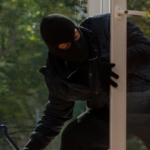

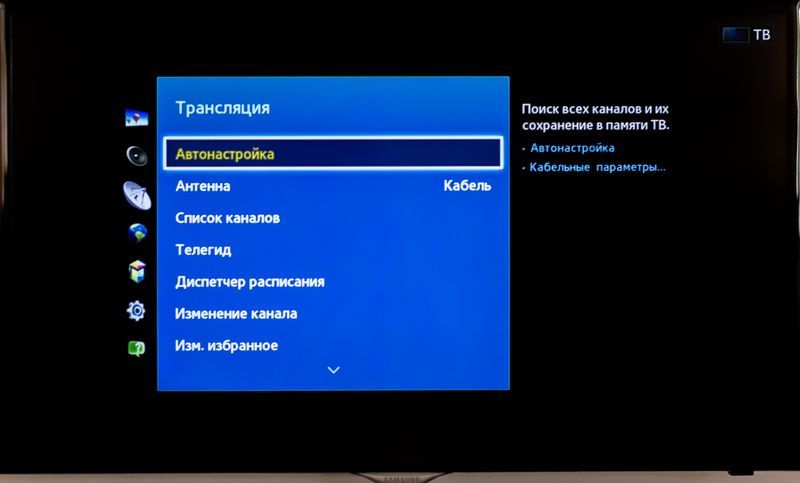
I haven’t seen it in KMok boxes, but aluminum is only in the circuits and electrolyte housings, and in some there is a small plate on the liner and a clamp, copper is also not very special, and if the power supply is transformer, then it’s better to sell the trans